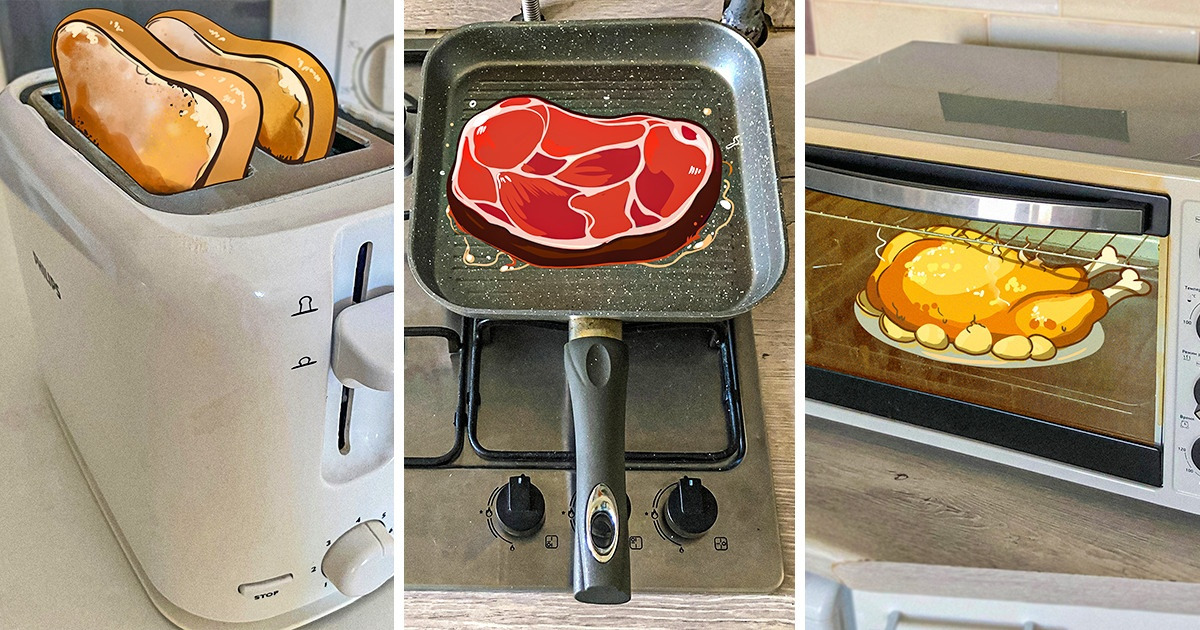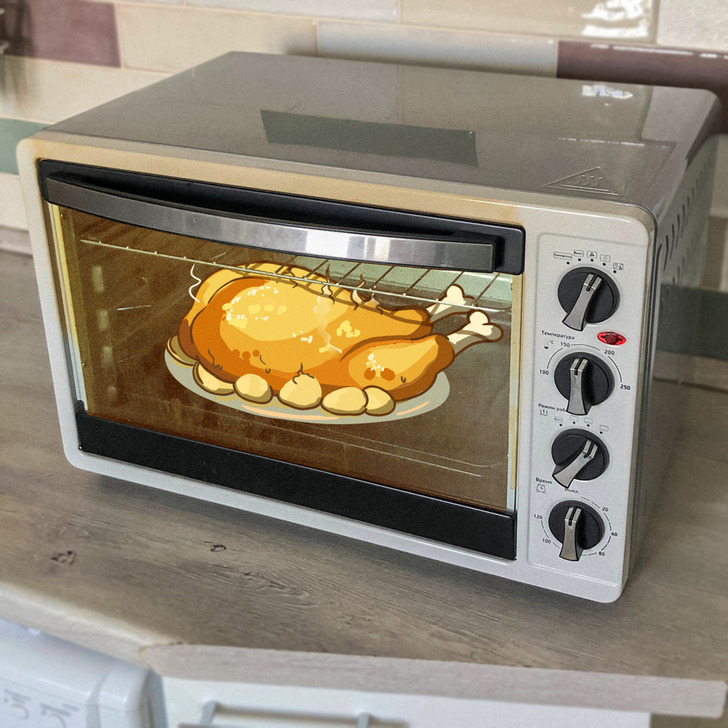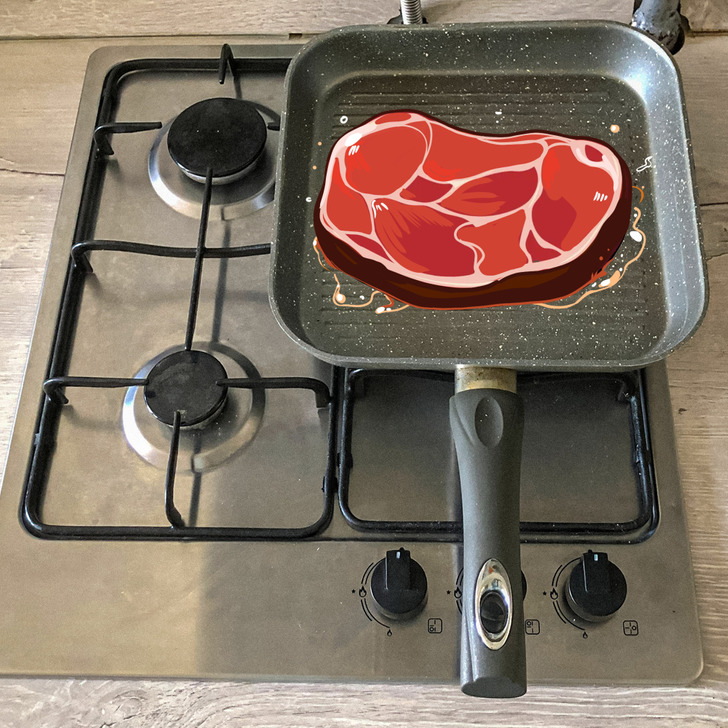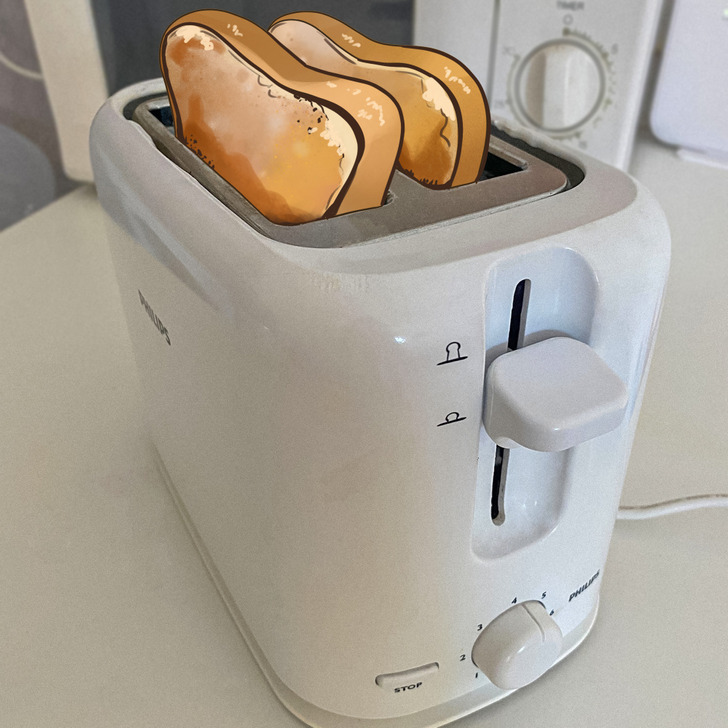The Difference Between Cooking Methods: Conduction, Convection and Radiation

Usually, processes such as convection, conduction, and radiation occur simultaneously. They are all heating methods that are used in our everyday life, including cooking.
5-Minute Crafts would like to tell you about how these processes are different from each other and how they are used in cooking.
Convection

In a broad sense, convection is the dominant form of heat transfer from one place to another in liquids and gases.
There are 3 types of convection:
- Natural convection: This is a circulation of a liquid or gas, in which the motion is provided not by an external source, but due to gravity, as heavier particles fall while lighter particles rise. This process clearly demonstrates the fact that the particles of cold air are heavier, so they go down, while the lighter molecules of warm air rise to the top. When a cold stream heats up, it becomes lighter and rises, and when a warm one cools, it goes down. In nature, examples of natural convection are tornadoes and the Gulf Stream. And in cooking, you can observe it with the upward flow of air from the fire, the movement of boiling water in a pot standing on the stove, or the motion of steam.
- Forced convection: It occurs when the motion of a liquid or gas is provided by an external source, such as a pump or fan. A good example of this external driving force is air conditioning or steam turbines. In cooking, this is an oven in which heat is circulated by a fan, or soup on the stove, which is stirred with a spoon to evenly distribute heat. In the process of forced convection, natural convection is always present. In other words, if gravity didn’t pull cold particles down, modern air conditioners and convection ovens would lose their effectiveness.
- Mixed convection: This is a combination of forced and natural convections, in which both forces occur simultaneously and manifest themselves to a large extent.
A convection oven, in addition to generating heat, also recirculates the air inside by using a fan. This mechanism allows food to cook and brown 25% faster than in a conventional oven because the surface of the food is blown with a large amount of hot air. However, this method doesn’t work if the food inside the oven is wrapped in foil or covered with something.
The fact that frozen food thaws faster under cold running water than when immersed in a container with static water is also an example of convection.
Conduction

Conduction is a process in which the transfer of internal energy occurs through the movement and collisions of molecules, atoms, and electrons within an object, which leads to a spontaneous flow of heat from a hotter object to a colder one. This process takes place in most phases: liquid, gases, solid, and plasma.
During conduction, heat flows not only inside the object but also through it. A burner transfers heat to a pan, and the pan transfers heat to the cutlets lying on it. After some time, the temperature difference between the objects decreases and thermal equilibrium occurs. But the essence remains unchanged: when something hot touches something cold, the cold thing becomes warmer.
At the same time, the transfer of heat from one part of the object to another part of this object will also be conducted. Therefore, we can say that the outer part of the cutlet, already heated from the pan, cooks its inner part.
In cooking, conduction creates certain difficulties: the outside of the food cooks faster than the inside, so, for example, a cake can burn on the outside, but remain raw inside.
In general, the effectiveness of cooking when using conduction depends on thermal conductivity, so it’s important how well heat flows through the substance. This is different for different objects: for example, copper has higher thermal conductivity, meaning that copper transfers heat better, while beef has lower thermal conductivity.
Radiation

Thermal radiation is an electromagnetic radiation process where heat is transferred from a hotter object to a cooler one, and these objects don’t have direct physical contact with each other or are separated in space. The emitted heat waves are absorbed, reflected, or transmitted through a colder body. This is how the sun heats the Earth.
Physical substances that are in a liquid, solid, or gaseous state radiate heat since their molecules and atoms are in motion. This rule applies to any matter with a temperature above absolute zero.
Thermal radiation also includes infrared radiation emitted by animals and cosmic microwave background radiation.
Examples of this process include an incandescent light bulb, a coffee machine, a stove, an infrared grill, and even an ordinary toaster. It absorbs electricity and transfers it to the internal heating elements, which, in turn, send the converted heat to the bread to toast it.